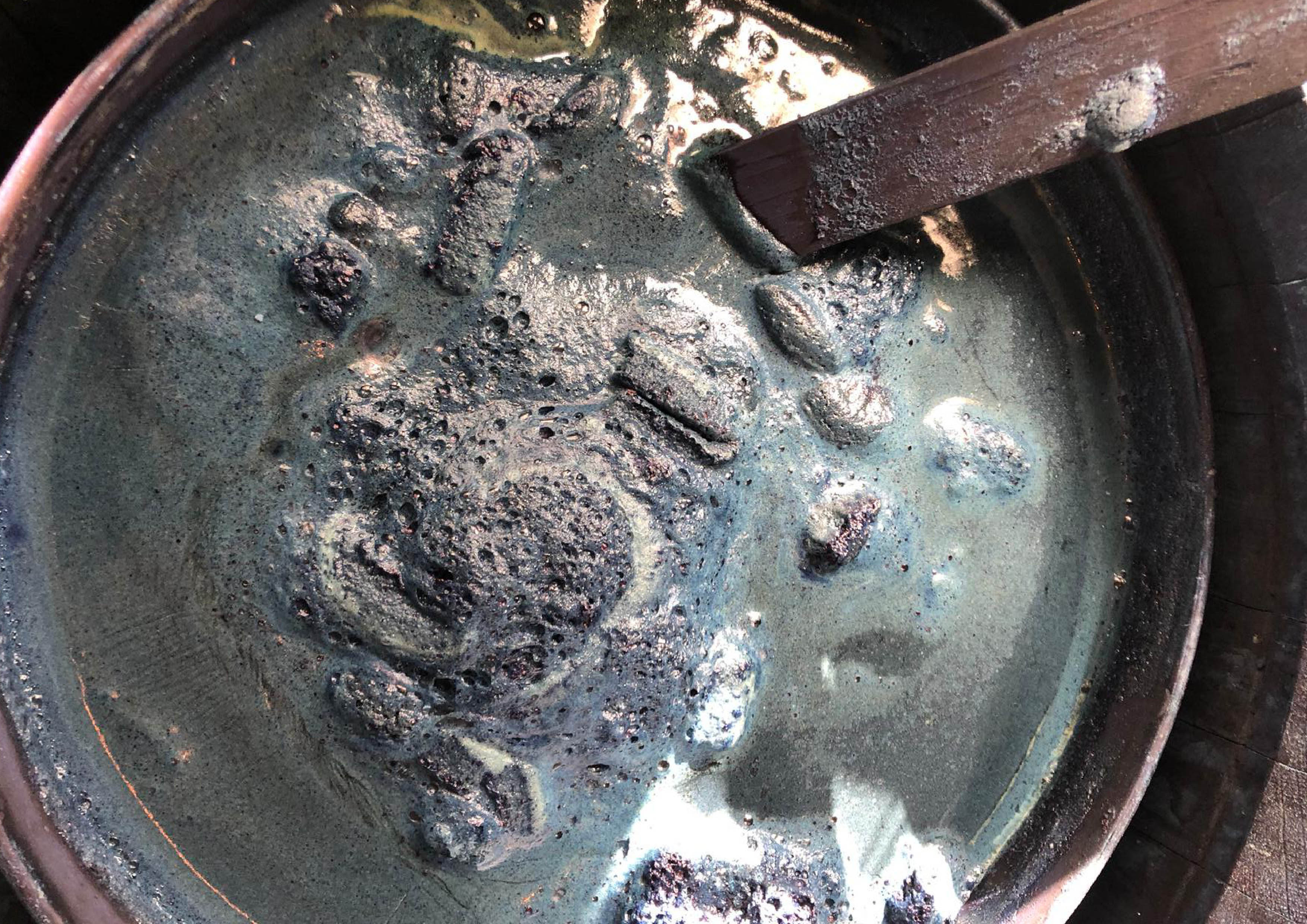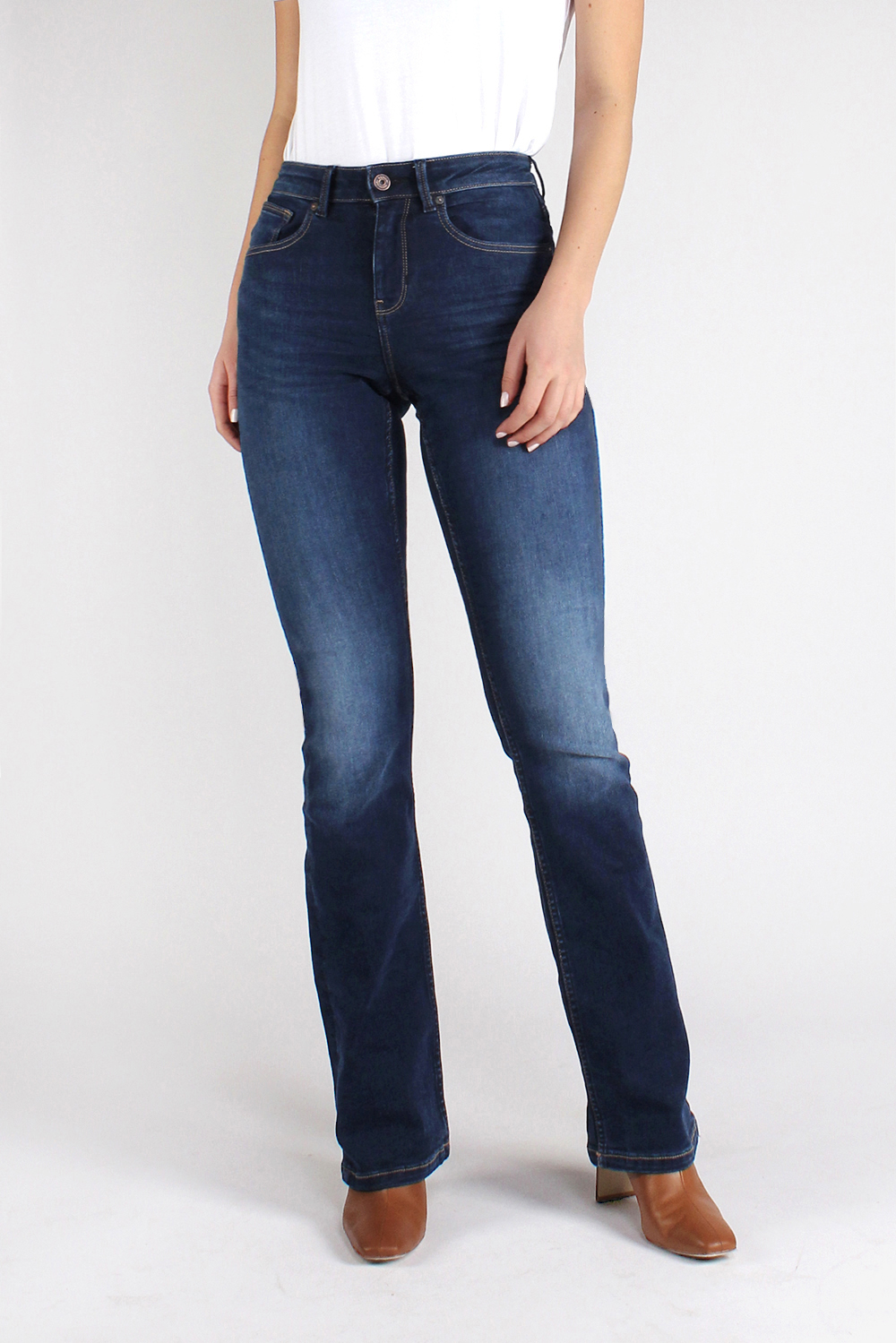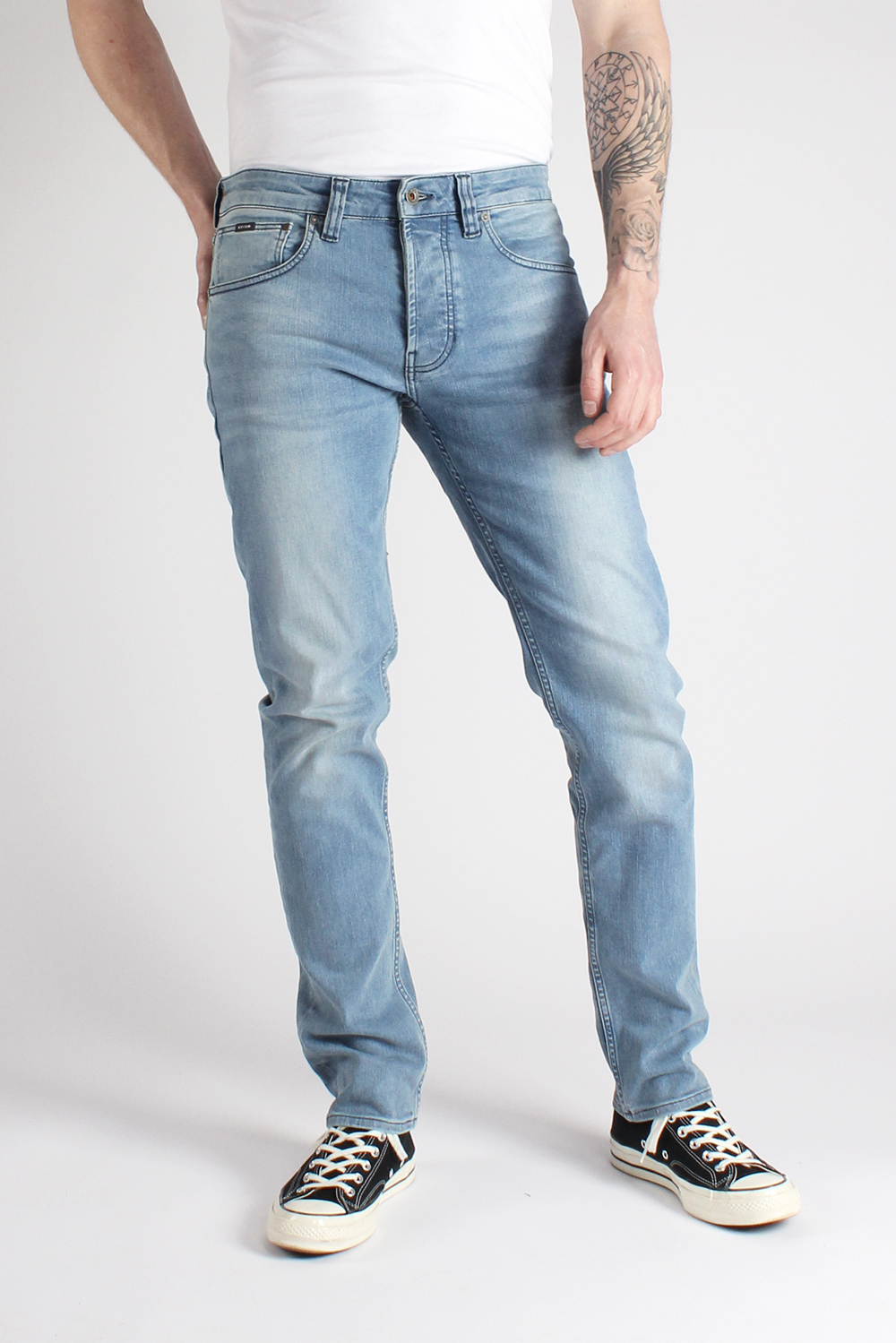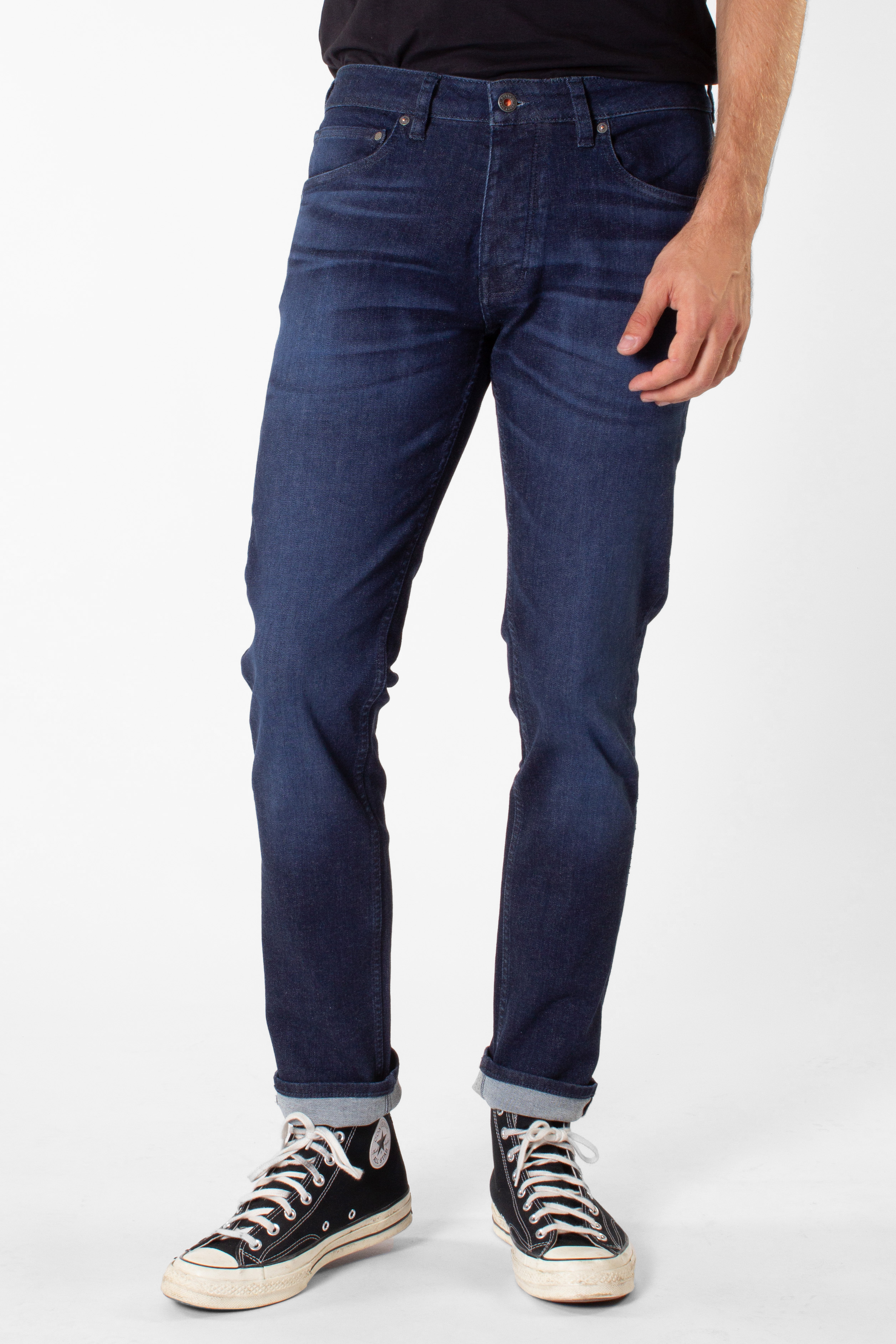There is no denim without indigo. Indigo is the key vibrant blue pigment that is used to dye jeans in the typical ‘denim blue’ colour. Originally, natural indigo is made from different kinds of plants. But nowadays, almost all indigo used to dye denim is synthetic. But where does it come from and how is it made?
The history of ‘Blue Gold’
Indigo pigments have a long history in Asian countries like India, China and Japan. But also, the ancient Greeks, Africans and Mayans were using it. Until the fifteenth century Europe had not seen any indigo yet. It took the Portuguese to discover a sea route to India to bring indigo to Europe. A blooming trade of natural indigo sparked from there, making India the oldest indigo supplier to the West. At one point, indigo was even the largest export business in the world. That is how it got its catchy nickname ‘blue gold’.
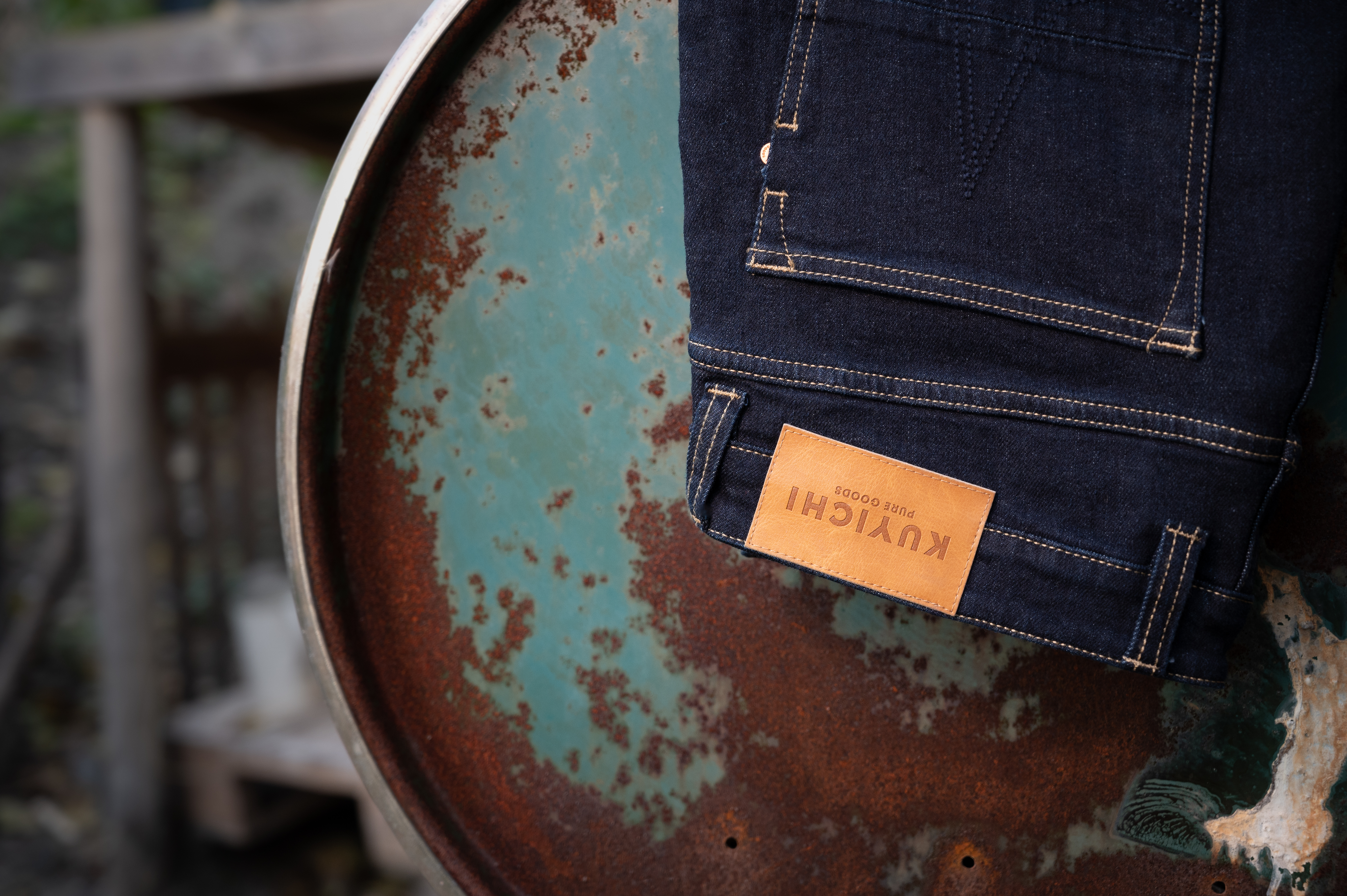
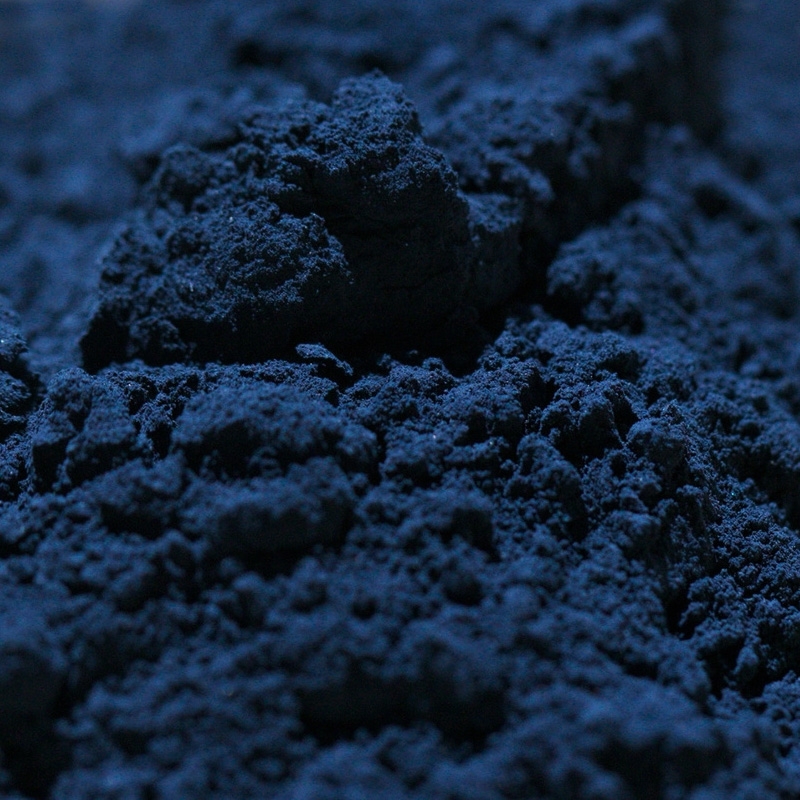
Herbal Blue
Natural indigo is most of the times a herbal pigment. There are many plants that can be made into blue pigments, but the Indigofera Tinctoria is the queen of them all. It produces the highest quality of natural indigo pigments from the leaves and is actually a legume. This is also the natural indigo pigment we use for our natural indigo denim.
How it’s made
To dye with indigo, you’ll have to turn the plants into pigments. The indigo plants are cut, tied in bundles and put into water to ferment for half a day. Afterwards the liquid is put into a new vat and stirred and beaten heavily until it turns blue. In this process the indigo pigments sink to the bottom. This pulpy mass that is collected from the bottom, is cooked, dried and cut into cubes of pigment dye. Ready to dye fabric in the denim blue colour we all love. Check out the whole process in this oldschool educational video.
The birth of synthetic
But the era of natural indigo came to an end during the industrial revolution. Mass production skyrocketed the demand for indigo, but natural indigo just could not keep up. The extraction was too expensive and slow, to cover the massive volume needed. From that moment on, chemists began to research synthetic methods of creating indigo powder. To fill in the need.
They found a way to make indigo blue pigments out of aniline, a relatively cheap material and therefor very suitable for mass consumption. It’s cheap and fast, but comes with a price to human health. It can be irritating for someone inhaling it while working with the synthetic dyestuff. Besides, the aniline can cause skin allergies and in some cases even cancer. That is why our indigo dyes are aniline free, guaranteed!
Now what?
Because of the birth of synthetic indigo, natural indigo has almost become extinct. The production of natural indigo is low nowadays, but can still be found on a small scale in India, some parts of Central America and Africa.
Fashion is responsible for almost 20% of wastewater worldwide. The hazardous and polluting effects of synthetic indigo dyeing are clearly showing and urges us to change. The good news is that the demand for natural indigo is on the rise again, but it will never be able to produce the volumes we’d need. So, to reduce the impact of indigo dyeing, we have to look at both our natural dyeing heritage and the new solutions that are being developed right now. But we’ll ‘dive in’ to this later.




